Submitted by Rabia Haneef Meo
Timeless architecture - The past, present & the future, Fawad Suhail Abbasi
Pakistan Architecture News - Nov 24, 2019 - 22:27 8938 views

The architecture of any place reflects the culture, values and lifestyle of its residents. As every building has a story to tell about it's people; every facade narrates the idea behind that story. The facade can be used as the basic element supporting and revealing the building use and functionality. Therefore the facade of any building has an equal impact on the overall impression and experience of that space.
Building facades have the power to change the dynamics of a building. A building facade may only be a building skin but it can have a supportive impact on the building functionality and hence many factors have to be considered while designing a facade. For instance, sun path and shading analysis, ventilation assessment, facade environmental assessments, daylight and glare analysis, energy modeling, thermal comfort, building noise assessment etc., need to be considered for developing a sustainable facade design.
In the past, facades were used to depict the culture and the context of their relative locations but nowadays buildings can be completely different looking than their context. Building Facades are designed differently all over the world. Today many architects prefer contemporary designs while others design contextually. Similarly, architects in Pakistan also use various ways of treating facades.
I have chosen the compelling topic of facade design to be discussed with the eminent young architect Fawad Suhail Abbasi. Fawad is an architect and the son of a renowned architect Suhail Abbasi and has been practicing as a Partner & Lead Design at his own firm called Suhail & Fawad Architects that he co- founded with his father in the city of Islamabad, Pakistan. Their firm has won several awards for design excellence and is also famous for their special brick treatment of facades, design sensitivity, spatial quality, use of natural light and ventilation and use of traditional materials.
Fawad received his architectural degree from the Indus Valley School of Art and Architecture, Karachi, Pakistan in 2002 and has 17 years of experience as an architect. Fawad was a member of Faculty at the National College of Arts, Rawalpindi in 2009 and has lectured extensively at various schools of architecture across Pakistan.
He has served as Member Architecture Executive Committee, Pakistan Council of Architects and Town Planners(PCATP), Hon. Secretary & later Chairman of Rawalpindi - Islamabad Chapter of Institute of Architects Pakistan.
He recently finished his three year term as Vice President, Institute of Architects Pakistan (IAP) 2016-2019.
He is a member of PIID Pakistan Institute of Interior Designers, PGBC Pakistan Green Building Council & Fellowship Member of ARCASIA Architects Regional Council Asia.
Fawad is the Founding and First Chairman of ACYA, ARCASIA Committee on Young Architects where he was elected and served as its Chair from 2015-2016. He was also the Regional Representative of UIA Region IV Young Architects Work Program, International Union of Architects from 2016-2017.
Fawad has served as jury member at several architecture schools in Pakistan & has been a international jury member of AYDA, Asian Young Designer Award and currently member of jury for the largest international student awards the Inspireli Awards.
He is seen as a rising architect in Pakistan and is undoubtedly a future starchitect of the country.
He has many contributions towards the contemporary architecture community of Pakistan and has been recognized several times by the Institute of Architects Pakistan and other forums for his Design and Professional excellence.
The main reason behind choosing Fawad to talk about facades is his contextual approach towards facade treatment and sustainability and his active role towards architecture community of Pakistan.
Let's see how Architect Fawad Suhail Abbasi from Pakistan thinks about the treatment of facades.

Fawad Suhail Abbasi. Image courtesy of Fawad Suhail Abbasi.
Rabia Haneef Meo: Tell us something about your professional practice as an architect.
Fawad Suhail Abbasi: My architectural practice has been a wonderful journey of experiences that made me understand the meaning of true happiness. Happiness to see others happy when they go through the process with you and their understanding of the real meaning of architecture, when they begin to initially visualize a space they want to call their home and finally live in it. The excitement is unexplainable and we, as architects, help them get there.
It’s a huge responsibility to build dreams for others and that is exactly what we are trained for and with every new project comes more confidence and better understanding of materials and buildability. I have been trained by one of the finest architect of the region and what better than your own father who has pioneered the art of real spaces that are self sustaining and contextually apt for the end user. This is what I grew up seeing and was lucky to have lived for over two decades in a house he designed for us.
I firmly believe that spaces are never created independently and it’s the feedback of the clients and the technical knowledge of the architect that bring out a good piece of architecture. Also for me an attractive facade is the outcome of a resolved plan and each building needs to be designed inside out and only then can it create a balance to its surroundings wherever it may be. I have been able to work on diverse building types and understand the dynamics of how to approach each commission.
They come with separate set of problems but an architect needs to gather the information and find simple solutions.The author needs to own his project and should understand the importance of social responsibility, environmentally friendly materials and the context. Only then can one create a space that is worthy of it.
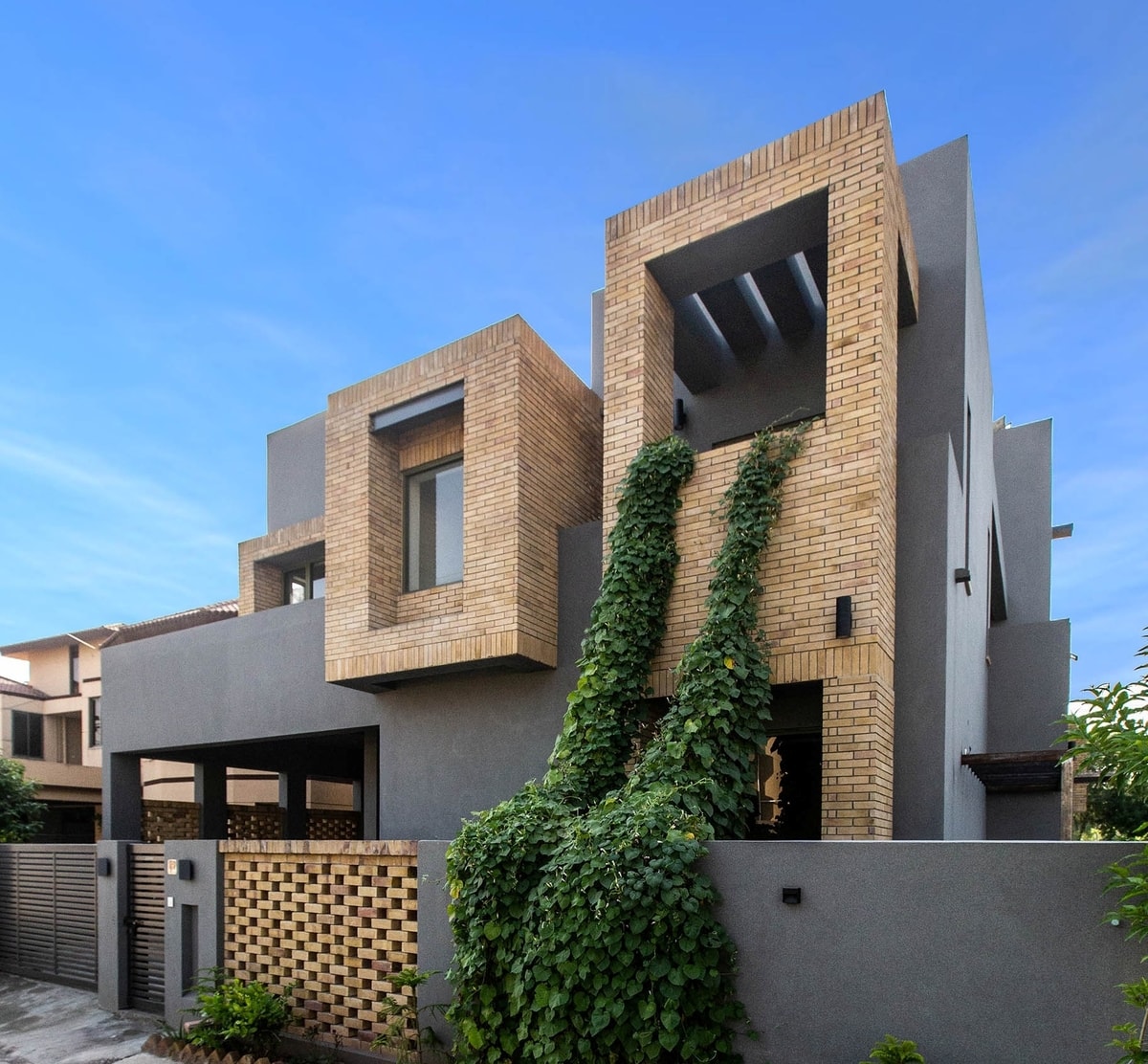
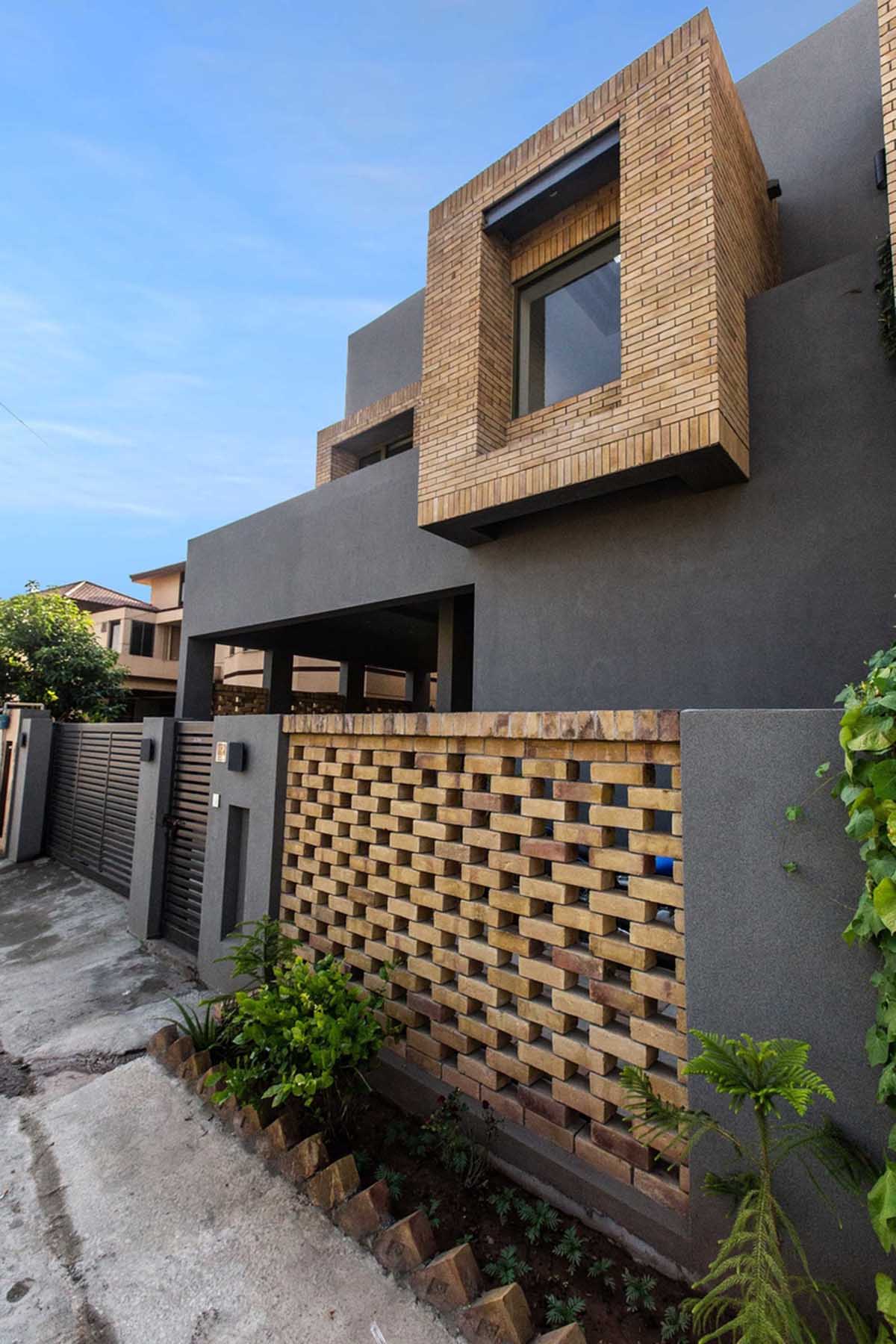
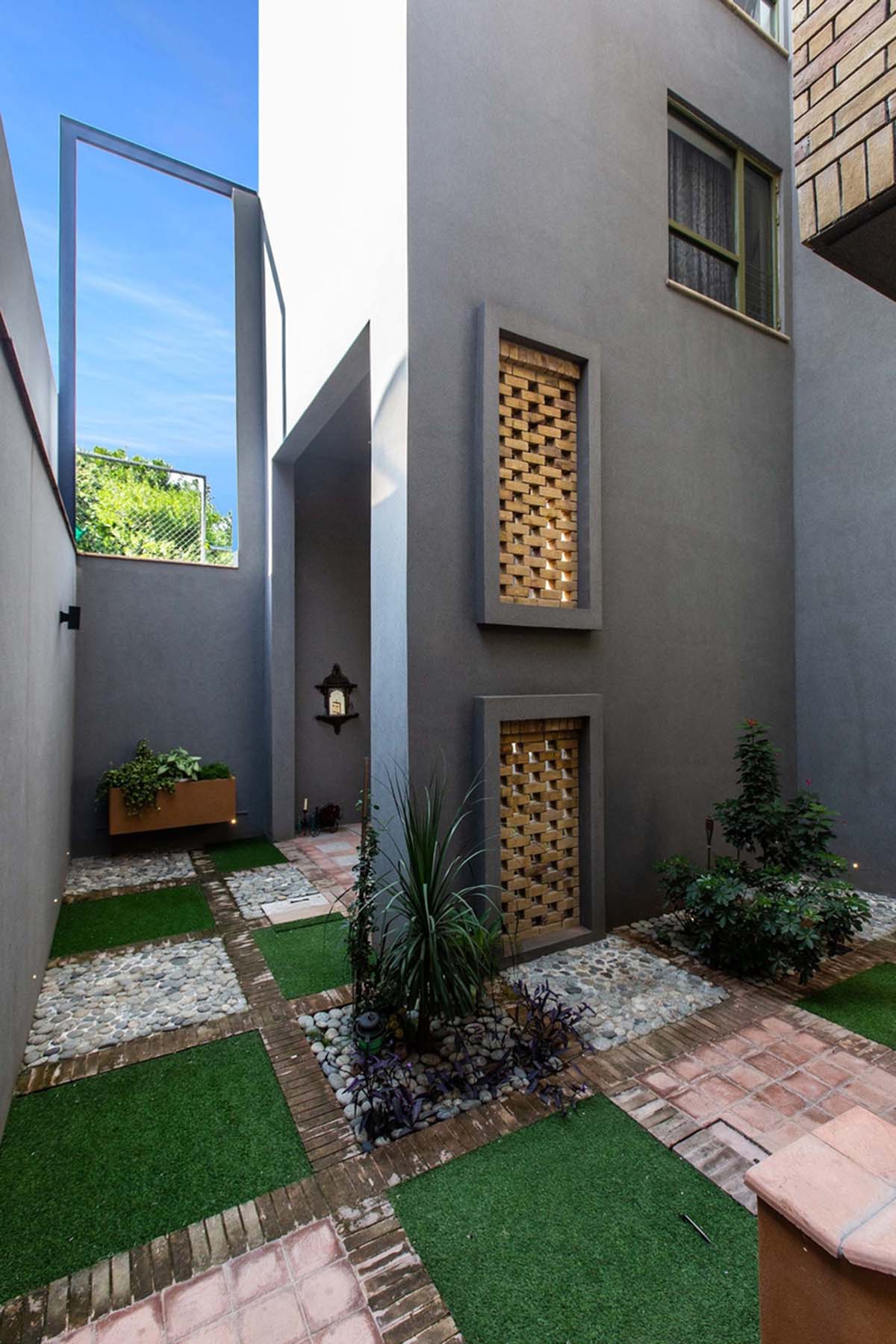
The Writer's Box, Islamabad. Image © S&F Architects
Rabia Haneef Meo: What is building facade for you?
Fawad Suhail Abbasi: The building façade for me is the skin, an envelope, a painting, a sculpture that can be experienced by everyone from the outside and can be celebrated without imposing on anyone’s privacy.
Rabia Haneef Meo: Do you consider facade as an independent element of design?
Fawad Suhail Abbasi: The plan defines the façade for us and cannot be treated independently. A well resolved layout results in a good form, its materials and treatments are all a continuity of what we want our building to portray. The interior has to compliment the exterior and that is the only means to a successful facade.
Rabia Haneef Meo: How do you design a facade and which tools do you use?
Fawad Suhail Abbasi: All projects at Suhail & Fawad Architects are designed manually and always start with a concept. We only move to the second stage of converting these drawings to the Auto CAD and later sketch up, 3D Max and lumion once we have achieved the quality we expect of our project.The materials are only applied when we have decided what the form requires and how we intend treating it.


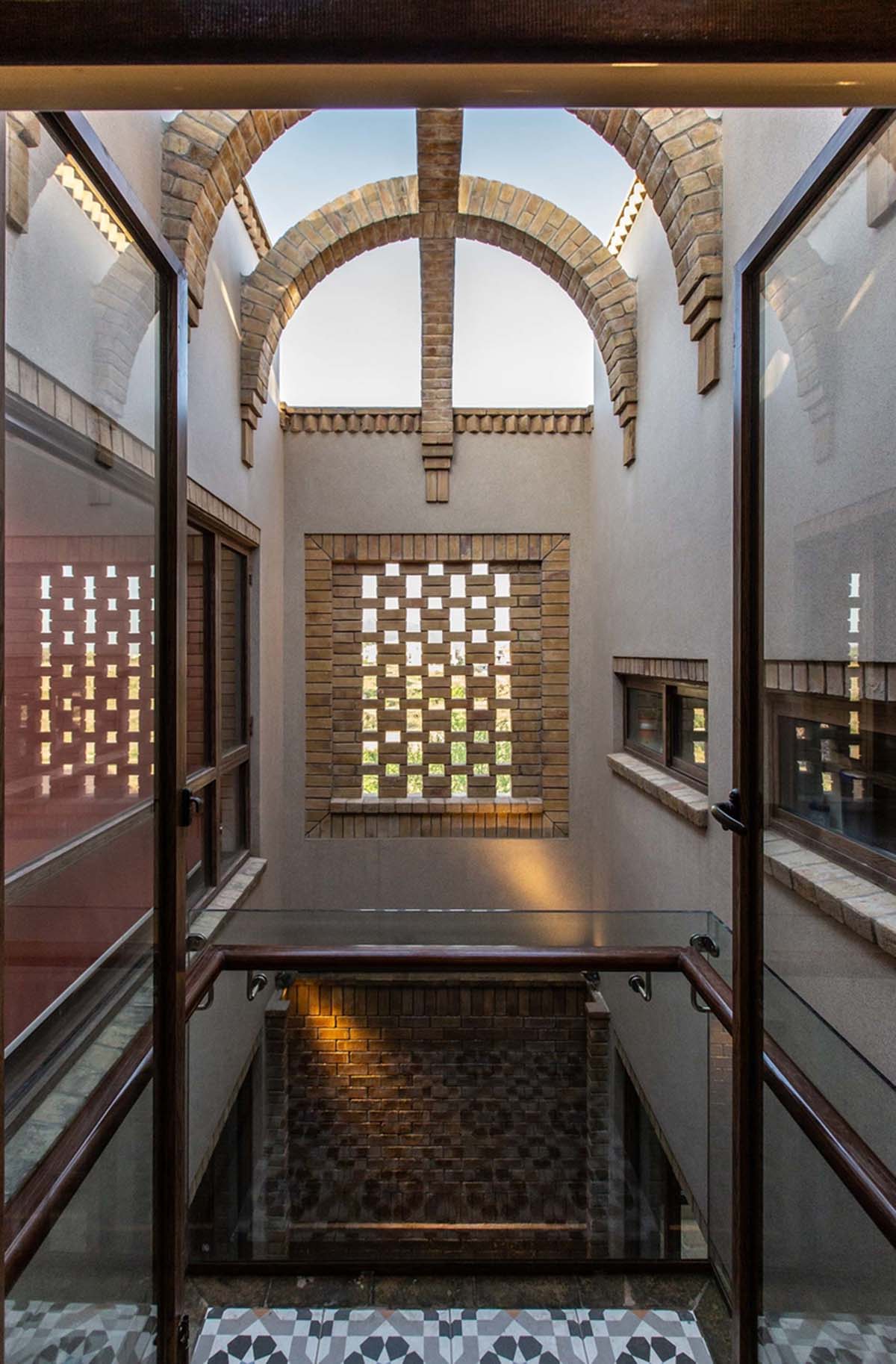
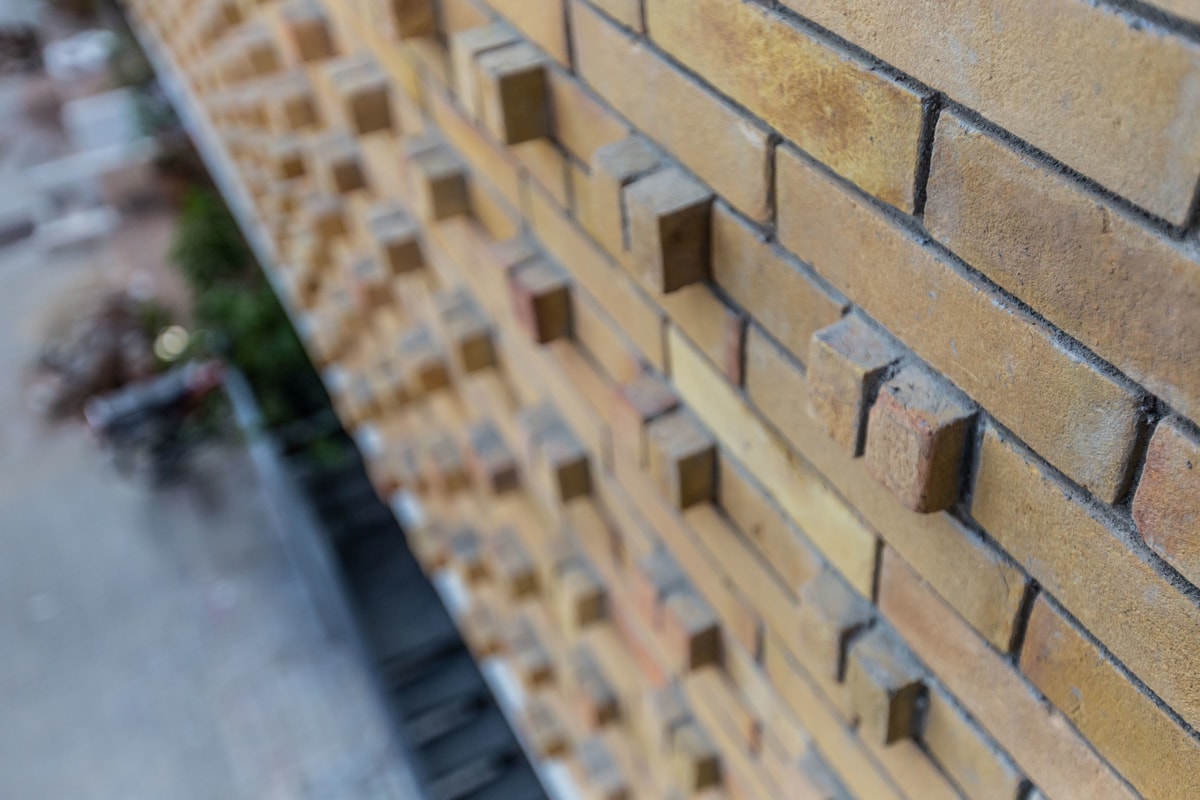
Residence 187 G, Islamabad. Image © S&F Architects
Rabia Haneef Meo: What kind of building facades do you prefer and why?
Fawad Suhail Abbasi: I have always tried to understand the context of the building first, before visualizing façade treatments. Every material cannot be applied everywhere because for us it is very important to see how the materials respond to where it’s being used. Our buildings are sustainable & energy efficient which is primary to all of our projects therefore wherever we build we study the local materials first and then consider their applications on our buildings.
Rabia Haneef Meo: Comment on the functionality of a building facade in Pakistan.
Fawad Suhail Abbasi: There is use of multiple materials – both modern and traditional and has become quite a trend without realizing their effects on our social fabric. But commendable work is happening around the country by architects who are sensitive to the environment and wherever one sees unattractive facades you will realize it doesn’t work functionally in most cases and has been applied by a non-technical person.
Building facade is the most crucial to the environment and it’s important that we teach the end user the pros and cons of what these treatments mean and how they might react when they age.
We need to gather the information and also understand the responsibility that comes with our profession, the more we understand the more informed decisions we can make.
Rabia Haneef Meo: How likely is it for you to experiment with new materials during facade design and what sort of innovation do you wish to bring in the future facade designs?
Fawad Suhail Abbasi: I always try to explore, understand and intricately detail our projects. Our design emphasis is not just to build timeless architecture but to critically analyze and simplify our structures, work with materials that are contemplative, serene and efficient.
Rabia Haneef Meo: Discuss your work style.
Fawad Suhail Abbasi: My work is modest and I always try to play with elements of scale, order and material. My effort always is to express and highlight the relationship of old to new in the building’s material composition.
The core of my design philosophy is to study and reflect the interplay of light and shadow that adds texture and lightness to the composition of my spaces.
For me the functional side of the interior needs to balance the warmth of the exterior facade. Only then the building envelope is complete in its true essence.

51 Margalla View Residence, Islamabad. Image © S&F Architects
Rabia Haneef Meo: How do you see the future of facades designed in Pakistan in the coming years?
Fawad Suhail Abbasi: There is always a debate as to where we see the future of Pakistani architecture and I feel that there is more awareness, understanding and amazing work happening in the country.
A lot of well designed buildings are cropping around the main cities, there is better aesthetics and a lot of architects have made a serious effort towards restoration of old historical buildings and simultaneously improving the use of materials to ensure a better, more pleasing and a dynamic façade in the new ones.
I firmly believe a good façade is only possible if we embrace the context, hold on to the local techniques of buildibilty and understand the dynamics of volumes we have created.
The future looks very good and we surely now have what we call "Pakistani architecture" thanks to our senior architects who have given us global recognition for their projects and won multiple awards for it.
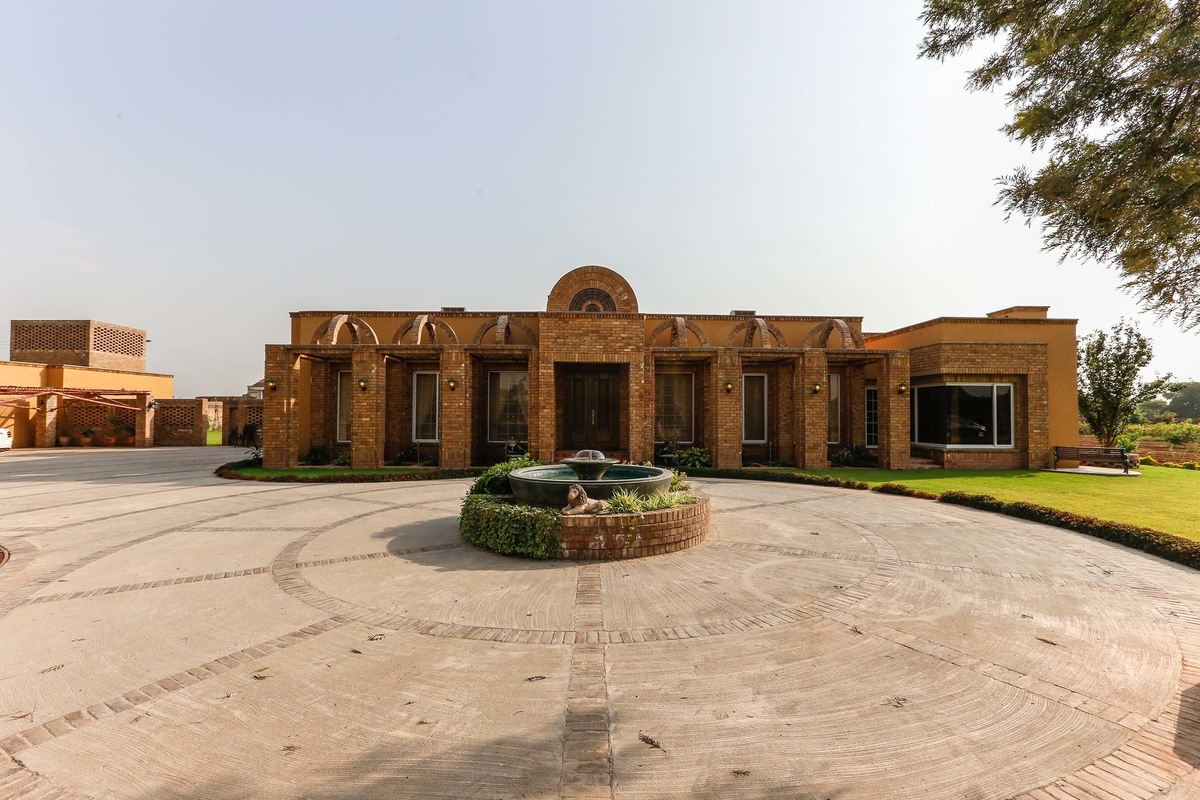

Farmhouse 5A, Islamabad. Image © S&F Architects
All Images © S&F Architects.
